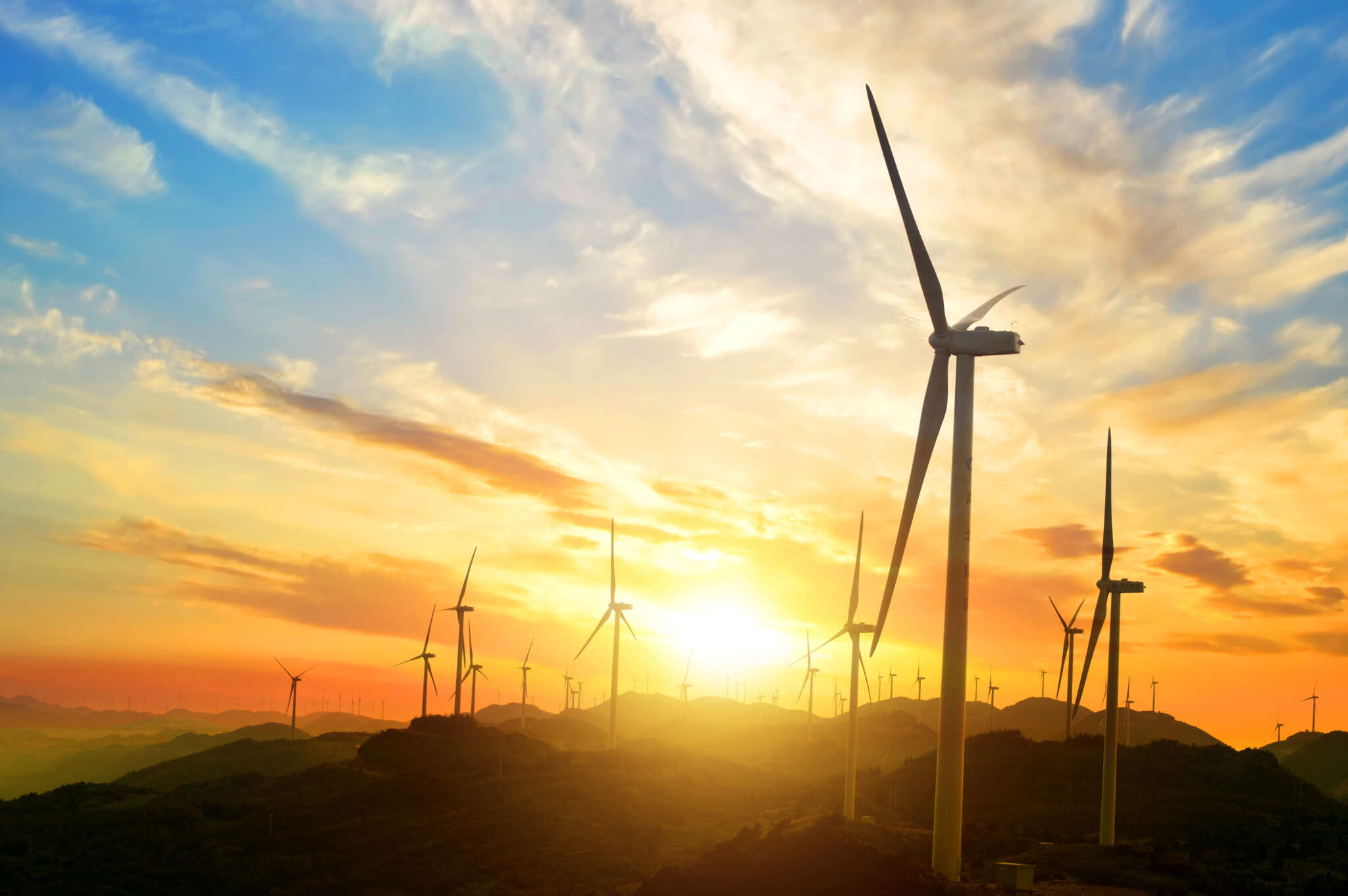Introduction

Renewable energy is now an important part of Indonesia’s national energy policy. One form of renewable energy that has great potential but has not been optimally utilized is wind energy. Windmill technology as a wind power plant (PLTB) is in the spotlight in an effort to transition to clean energy. This article will discuss windmill technology in Indonesia, the challenges faced, and development opportunities. At the end of the article, it will also introduce Telkom University’s Energy Systems Engineering undergraduate study program that prepares superior human resources in this field.
Windmill Technology: How It Works and Its Applications
Windmills work by harnessing the power of the wind to turn turbines that then drive power generators. This technology has been widely used in developed countries as part of their national energy systems.
Main Components of a Windmill:
- Rotor: A propeller that captures kinetic energy from the wind.
- Generator: Converts mechanical energy into electrical energy.
- Tower: A tall structure on which the rotor and generator are mounted.
- Control System: Regulates the direction and speed of the rotor for optimization.
Types of Windmills:
- Horizontal Windmill : Generally used in large-scale plants.
- Vertical Windmill : More efficient in low wind speeds and suitable for urban areas.
Example of Implementation in Indonesia:
- Sidrap Wind Farm, South Sulawesi: 75 MW capacity, the first commercial wind farm in Indonesia.
- Jeneponto Wind Farm: Further development of the wind potential in the Sulawesi region.
Challenges of Windmill Development in Indonesia
Despite its great potential, wind energy development in Indonesia still faces various obstacles.
Key Challenge Factors:
- Uneven Wind Conditions: Not all areas have stable wind speeds.
- Technology and human resource limitations: There is a lack of experts in the field of wind energy systems.
- Initial Investment Costs: The construction of a wind farm requires substantial funds and supporting infrastructure.
- Regulations and Permits: Lengthy permitting processes can slow down project realization.
Opportunities and Future of Wind Energy in Indonesia
Despite the challenges, there are many opportunities that can be utilized to encourage the adoption of windmills as part of the national energy system.
Great Potential in Eastern Indonesia
Regions such as Nusa Tenggara, Sulawesi and Maluku have ideal wind speeds throughout the year.
Government and International Support
The Indonesian government is pushing for a 23% renewable energy mix target by 2025. Cooperation with international institutions such as ADB and UNDP also opens up financing opportunities.
Tags : S1 Teknik Sistem Energi | Electrical Energy Engineering
Author: Rasyifa Putri Raidah – Directorate of Information Technology Center


